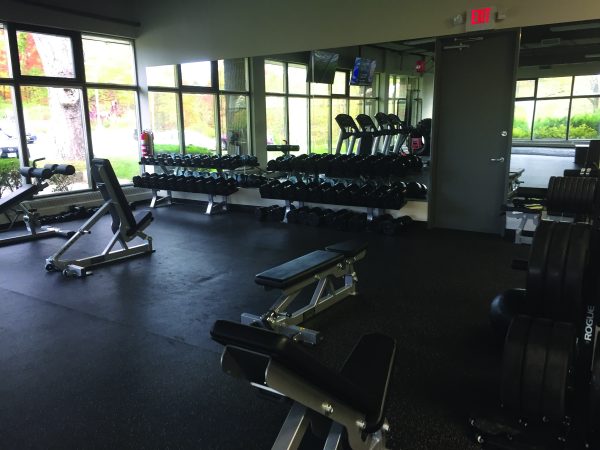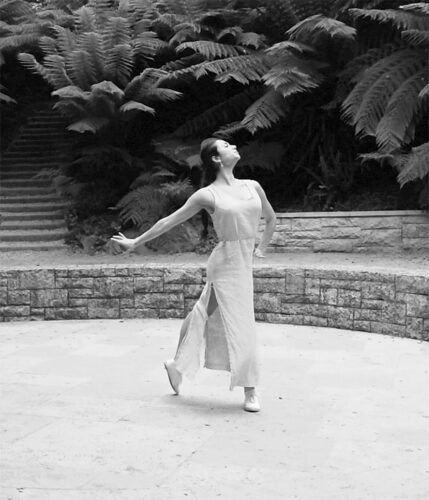
During these difficult times, it’s important to come together–even when coming together is/must be a virtual reality. As a community, we can support one another and share the beauty; finding solace in that beauty, we can still enjoy our world. Enter Chappaqua’s own Skyla Schreter, dancer and choreographer, most recently with the San Francisco Ballet Company.
Skyla, daughter of Sena Baron and Daniel Schreter and older sister to Brice, grew up in town and, like most Chappaqua children, attended the local schools–in her case, Westorchard Elementary School and Seven Bridges Middle School. But, there and then, the similarities ended. Skyla, who “knew early-on what I wanted” chose and pursued a self-determined dance path when she was but ten years old.
She recalls, “I started with jazz, and I loved it. My mom suggested ballet as she understood it to be a foundation for many kinds of dance, and could provide the tools I needed to enhance the local jazz classes I was taking at the time.” Skyla says she tried a few classes here and there, but nothing felt somehow “right”, until she found Diana White in Scarsdale. With Diana, things “felt serious, structured and classic. It was like a light bulb went off for me.” So, at ten years old, she auditioned for and was accepted into the School of American Ballet (SAB) in Manhattan.
By middle school, Skyla was going in three times weekly; her parents took turns driving her in to the city and back home until she and they were comfortable with her taking the train by herself. In eighth grade, she was invited into SAB’s advanced training classes. This was another watershed moment in her young life, as the additional training time meant that her academic/dance balance would need to be revisited.
In order to make both work, Skyla transferred to the Professional Children’s School on the Upper West Side. For two years, she “took the 6:35 a.m. train with all (my) friends’ dads on Wall Street.” She’d attend academic classes from 8 a.m.–10:30 a.m., then take dance classes for two to three hours, followed by afternoon academics and then a return to dance. She’d finally take an evening train home in the 9 p.m. hour, starting her homework immediately on the return commute. Then she’d get up and do it all again.
This grueling pace finally slowed and became more manageable when she moved into the city at age sixteen, sharing an apartment with fellow dancers. Still, she’d come back to Chappaqua on weekends to spend time with her family with whom she has always been very close.
At her parents’ urging, Skyla took the SATs and completed the Common App in order to have options after high school graduation. However, as her 2013 graduation approached, she was offered a contract with the Boston Ballet in their second company and immediately accepted.
Skyla danced one season with Boston and, “almost on a lark but based on their first-tier reputation” attended an open audition for the San Francisco Ballet which was held in New York City. To her complete surprise, she was not only offered a position, but a contract with their prestigious corps de ballet. She admits that she had never thought of leaving the east coast for the west, but made the leap (or grand jete if you will) and quickly settled in to her new life there.
Skyla danced with the San Francisco Ballet for six seasons. While she had planned to retire this year to focus on choreography– “one of the things that most intrigues and inspires me about choreography is that it is self-made whereas dance is trained. Choreography is something I feel privileged to be able to share”–and move back to New York where she said: “performing arts is still best and most diverse.” The pandemic stepped up her schedule.
Pandemic Pivot
Skyla allowed that her biggest challenge is the “lack of collaboration available, at least physically.” She loves and misses the “real-time energy and ideas that happen and flow in the studio, working together with the dancers.” But creativity won out; Skyla used the initial lock-down period as one of introspection for herself and work. She began experimenting with different ideas, “taking a lot of time to explore details and nuances in my own personal movement that I normally would not allow myself the time or attention for.” She also began creating new outlines for future dance works, choreography she is “ready to translate to real bodies when the time comes.”
All that said, another challenge is the lack of audience. Skyla believes dance to “be a powerful experience not only for those who dance and create it, but for those who witness and watch it.” She found herself questioning the “point” of her work if it was no longer accessible, and determined that she must find a way to adapt dance to the virtual world. She had doubts about the power of dance on camera vs live, but “dove into creating dance that would end up not just on camera, but created for camera.” She was pleased to discover that “dance on camera can be very interesting and powerful in ways that differ from its live self.” One such dance of which she is quite proud is titled Unbecoming* and explores the many inner voices we all have, whether contradicting or difficult to face, and working to respect and ultimately accept them as part of our whole identity as individuals. It is about how these inner voices shape who we become.” Skyla also felt that Unbecoming was inspired by increased pandemic “alone time”, and the idea that alone time could provoke “a certain level of curiosity in the multi-faceted self.” She adds, “especially with all of the racial and social injustice that is finally coming to light, I feel that artists have a responsibility to speak to and mirror the times that we live in.”
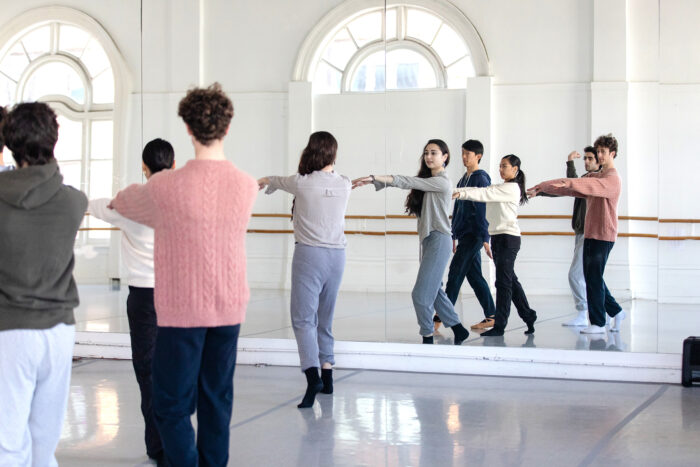
PHOTO BY ©Reneff-Olson Productions
Identity, Community and ‘In:Between’
Speaking of new choreography, prior to the pandemic, Skyla had planned to bring new dance works to New York: “I knew I wanted to launch my choreography by bringing it to a New York audience, and when I heard that the new Chappaqua Performing Arts Center was interested, I thought it would be the perfect anchor and springboard…In:Between was born out of much of my work which explores and deals with the space in between what we know and what we’re told. Dance can tap into a place that words can’t approach. This choreography explores the grey area between our thoughts.”
The plans included six pieces; five of Skyla’s own and one from guest choreographer and principal dancer with the San Francisco Ballet, Wei Wang. Skyla emphasized the team-effort involved with the creation of In:Between which, in addition to featuring dancers from the SF Ballet Corps de Ballet, also included 13 new costumes created exclusively for the show by both San Francisco–and NY-based designers.
In addition to dance, Skyla had lately been turning her creative energies to other artistic media–specifically, both film and painting. Her short film, A Flower, which was an official selection of the San Francisco Dance Film Festival in 2019 and the Utah Dance Film Festival in 2020) shows the journey of a flower through dance, and had been planned as part of the In:Between performance lineup. She had also planned to display her painting at the Chappaqua Performing Arts Center. “Ballet can be thought of as inaccessible or elite, but it’s really just another form of artistic expression,” she said. “I enjoy emphasizing a multi-faceted approach to artistic expression as more inclusive overall.”
Finally, and because art doesn’t just inform and inspire but can gather people for a cause, Skyla has devoted time to the New York-based non-profit Dancers Responding to Aids (DRADance.org), which is a part of the larger Broadway Cares/Equity Fights Aids program. DRA was founded in 1991 by Denise Roberts Hurlin, former Paul Taylor Dance Company member and mother of Skyla’s school-friend and fellow dancer Catherine. Skyla recalls attending annual DRA benefits at SUNY Purchase and “feeling the power, even as a kid, of everyone on stage and in the audience coming together.” She notes that “AIDS is very relevant to the performing arts community” and feels it’s important to do her part to support her community. When audience members and dancers can safely congregate again, Skyla hopes to move forward with In:Between and DRA, perhaps, even as originally planned, at ChappPac!
Encore, Encore
It was impossible to resist asking Skyla many questions, or sharing them further here:
Skyla, you’ve accomplished so much in your young life, kudos to you! People must wonder if you ever felt you were missing out…on a more typical or normal childhood?
Skyla: No, I do not. I feel privileged to have known from an early age what I wanted. My thinking was “I just love to dance!” I recognize what I gave up, but I’m ok with it. There really is no “normal.”
Have you stayed in touch with Chappaqua friends?
Skyla: I left right before high school, and high school is a time when most kids find their paths and deepen friendships, so I don’t really have those friends. But I do keep in touch with my elementary school friends; these were real childhood friendships and they have lasted.
Do you have any advice for today’s kids who, like you, discover a passion early in life?
Skyla: Don’t be afraid to take an unconventional path. It’s not scary, it’s exciting! And, with specific regards to ballet, I think kids should know that you don’t have to be a “tutu ballerina” but can also go in with gym shorts and no makeup. There is no one way to do ballet! Whatever it is you love, go for it!
Finally and before you go–though you’ve graciously shared how you’ve personally pivoted with the pandemic and found new outlets for your creativity, can you briefly discuss your thoughts on how things have changed for the dance community at large?
Skyla: Not being able to train, rehearse, and create together in person has been a huge challenge for the dance community, and not being able to perform for an audience has been such a heartbreaking loss for all of us during this time, on many levels. But dancers are creative, and determined to keep working on their craft in one form or another. I have been taking and teaching dance classes online, virtually. One good thing that has come out of the pandemic is that it has broadened and connected the dance community. What used to be clusters of dancers, kept more or less isolated in their own companies, schools or cities, has spread to become a worldwide community. For example, right now, I am teaching a long-distance “Choreography Workshop” from my apartment living room. Though teaching class over Zoom has its many challenges, I wouldn’t normally be able to connect with these students otherwise at this time! This virtual dance community has so many opportunities for new and fulfilling connections that it takes a bit of the sting away from the physical collaboration we have lost during this time.
I also think what many people miss most, other than working in-person with their friends and dancers, is having the space to move freely. I can’t say that dancing in my living room is anything like an open ballet studio or stage. It is limiting in many ways. I personally have been trying to find ways to dance outside when possible, which is why I chose to shoot my film in various places around San Francisco, all of which were uncrowded enough to be safe for Covid-19 restrictions. Dancers like to be free and expansive with their movements and I think for those who can, finding time to spend in nature in some way or another, is a common choice for helping ease that feeling of being stuck or stagnant.
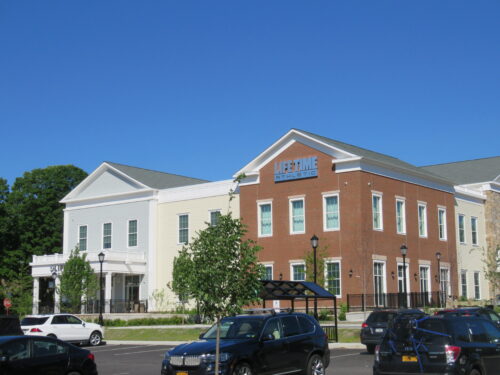 Combining modern architecture and design with a nod to local history, the resort-like Life Time Chappaqua at Chappaqua Crossing provides a highly-personalized, ultra-luxury approach to health and wellness with a host of exquisite amenities on two floors. The Team Members at Life Time are honored to serve the community and members with a broad array of health, wellness, nutrition, relaxation and entertainment services and programs.
Combining modern architecture and design with a nod to local history, the resort-like Life Time Chappaqua at Chappaqua Crossing provides a highly-personalized, ultra-luxury approach to health and wellness with a host of exquisite amenities on two floors. The Team Members at Life Time are honored to serve the community and members with a broad array of health, wellness, nutrition, relaxation and entertainment services and programs.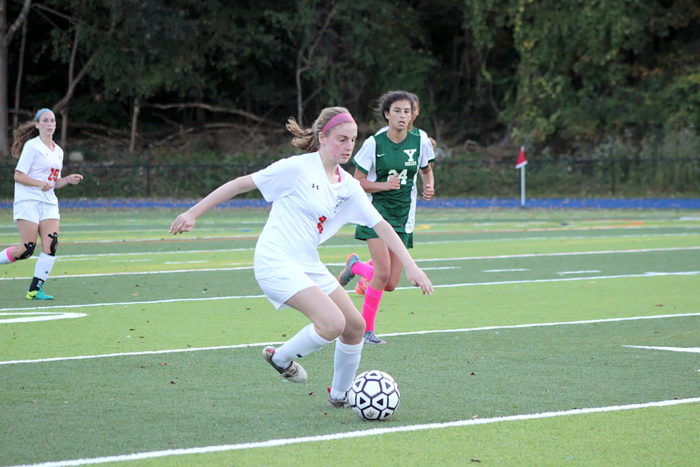

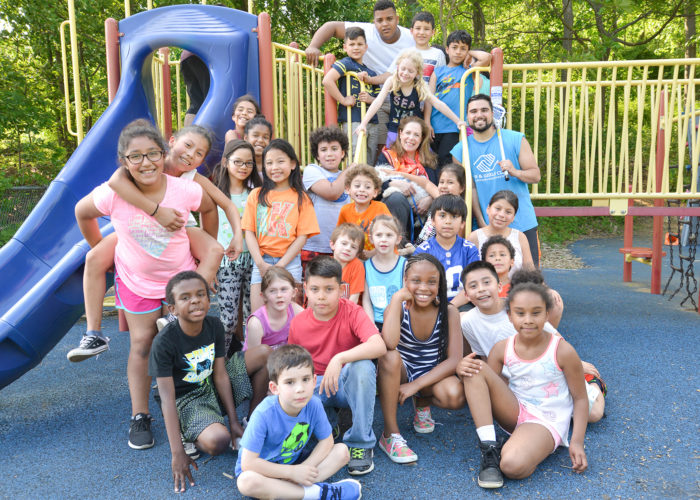
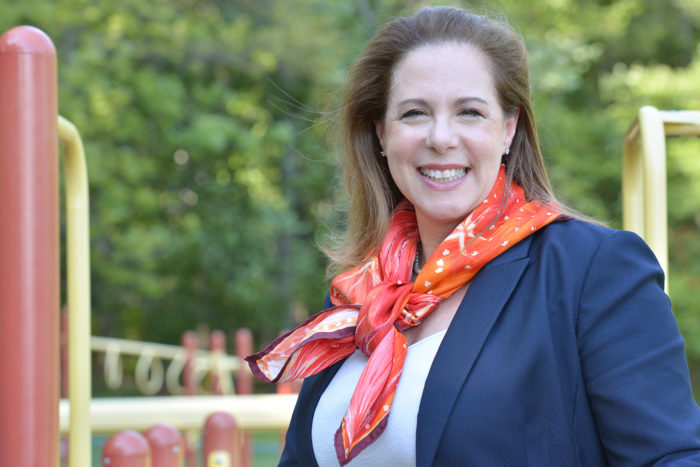
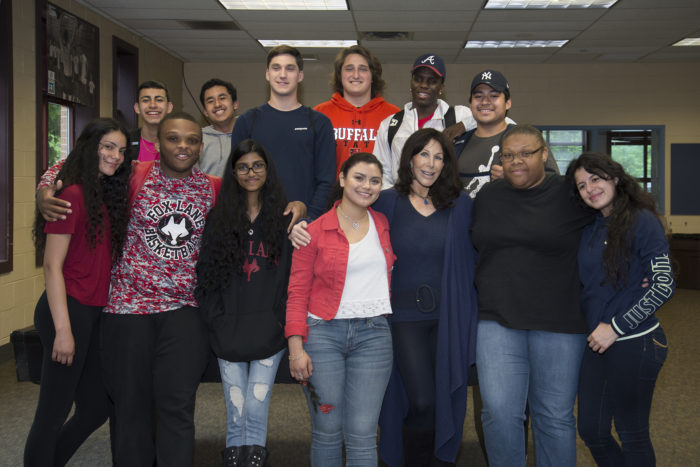


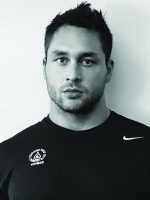
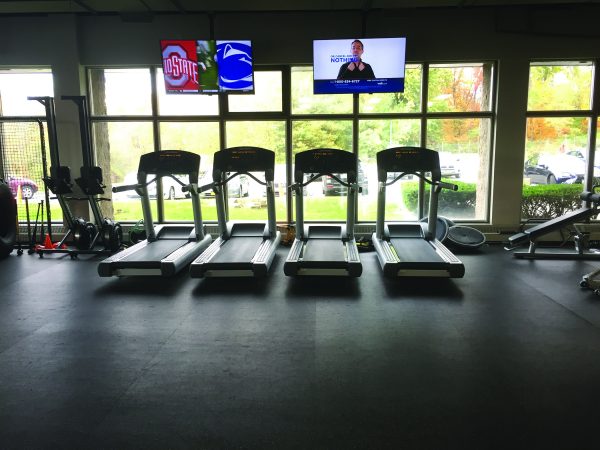 Eager to instill his clients with this same way of thinking, Pfistner creates any given workout in the same way. “My focus is on getting you moving,” he says, straightforwardly. “It’s about quality over quantity or time [spent], and achieving the absolute best possible results for your body.”
Eager to instill his clients with this same way of thinking, Pfistner creates any given workout in the same way. “My focus is on getting you moving,” he says, straightforwardly. “It’s about quality over quantity or time [spent], and achieving the absolute best possible results for your body.”